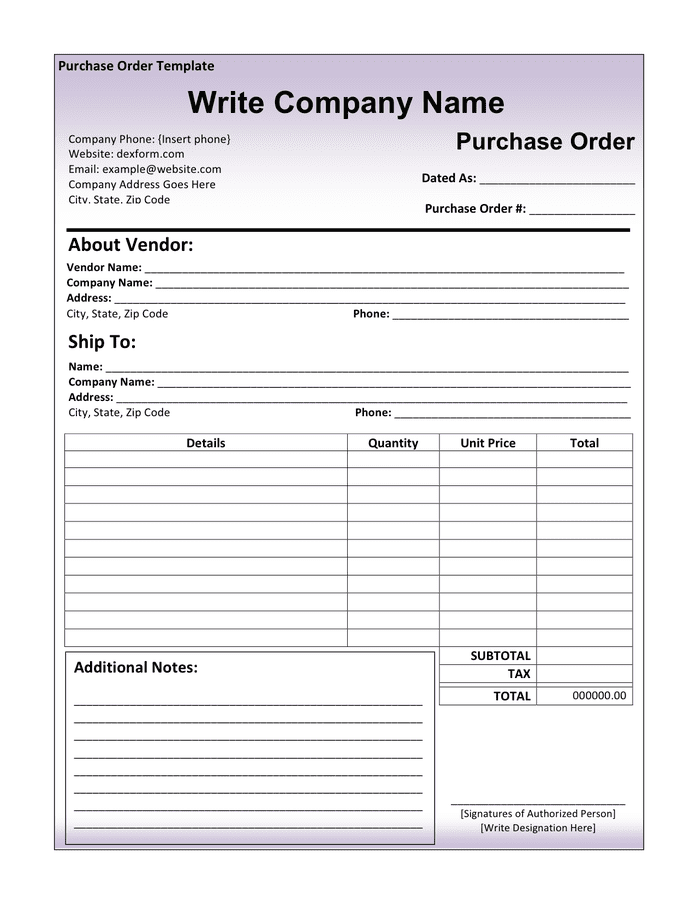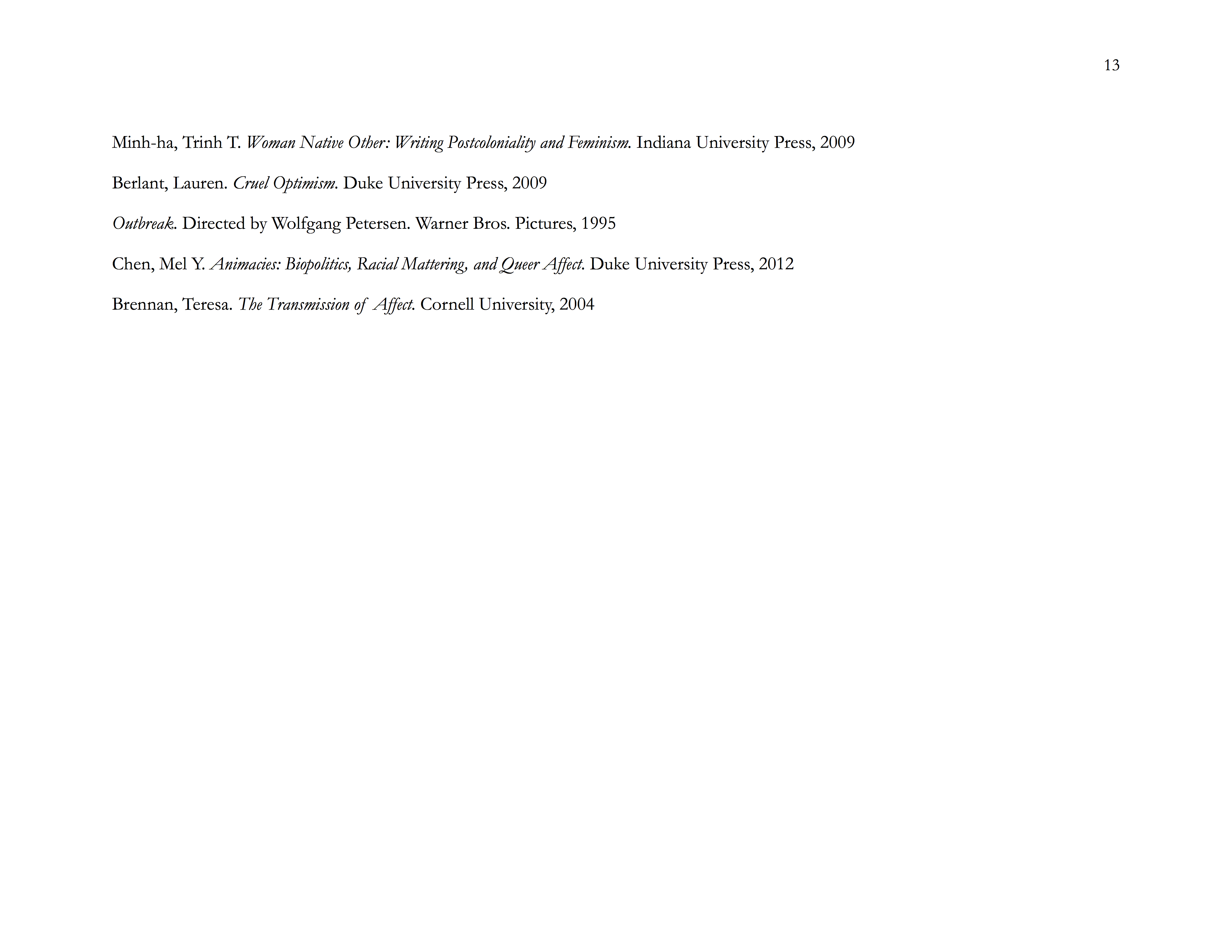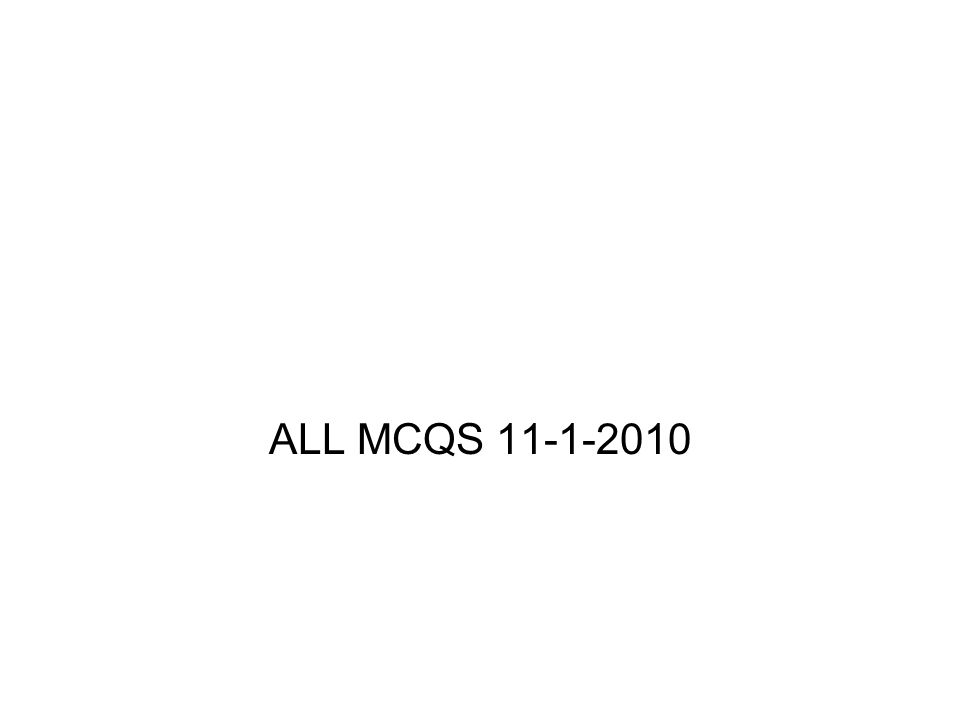Create a Custom Event in the Windows Event Viewer.
You can also use event-specific data to store information the application can process independently of the Event Viewer. For example, you could write a viewer specifically for your events, or write a program that scans the logfile and creates reports that include information from the event-specific data.
The Event Log Service records the application, security, and system events in the Event Viewer. We can use the same Event Viewer to log details of our applications. .NET provides very friendly APIs to connect, log and read the Event Viewer. In this article we'll learn how to use the Event Viewer for our applications. Let's have a look at the.

I need a way to write to Windows' event viewer in my app that's using dnx. But, the EventLog class isn't available in the System.Diagnostics namespace so I'm stuck. Is there any other way to write.

If you want to log an event in any of the event log files, then you can do that using eventcreate command. Logging an event helps the system administrators to trace out things if something has not worked in an expected way. Using this command, we can create a custom event with custom id and description. And we can log the event in any of the.

Write-EventLog writes an event to an event log. To write an event to an event log, the event log must exist on the computer and the source must be registered for the event log. The cmdlets that contain the EventLog noun (the EventLog cmdlets) work only on classic event logs.
The Windows Event Viewer is a convenient way for any user to view the system logs and troubleshoot any potential problems. To make even better use of Event Viewer you can create your own custom entries in the event logs. Here we show you how to do it along with some useful scenarios and tips on usage.

You can also use event-specific data to store information the application can process independently of the Event Viewer. For example, you could write a viewer specifically for your events, or write a program that scans the event log and creates reports that include information from the event-specific data.

Function to Write to Application Event Log using VB.Net Posted on October 13, 2011 April 6, 2016 Author admin Public Function WriteToEventLog(ByVal Entry As String).

You can write directly to an existing source in the Windows Event Log, but sifting through these logs can become tedious at best. To make it easier to find a specified log one of your scripts created, I believe you should first create a new source in the Windows Event Log.

For example, the task may write a collection of variable information to the Windows Application event log. You can create an SSIS package that contains a Data Flow task. This Data Flow task includes a Row Count transformation. You can use a Script task to write the data that was populated by the Row Count transformation to the Windows.

Write to an event log Event logging provides a standard, centralized way for your applications to record important software and hardware events. Windows supplies a standard user interface for viewing the logs: the Event Viewer.

Double-click Event log: System log SDDL, type the SDDL string that you want for the log security, and then click. Use Group Policy to Set Your Application and System Log Security for a Domain, Site, or Organizational Unit in Active Directory. Important: To view the group policy settings that are described in this article in the Group Policy.

Write to Windows event log You are encouraged to solve this task according to the task description, using any language you may know.




